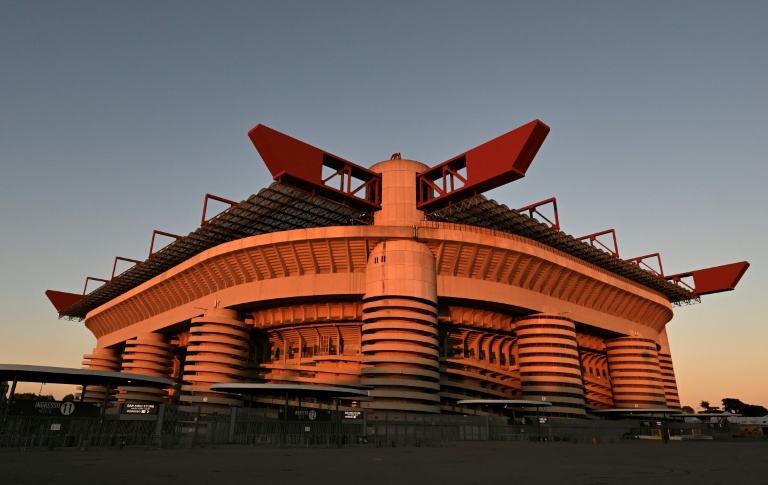For over seven decades, the Giuseppe Meazza, known the world over as San Siro, has been more than just a stadium. It is a cathedral of calcio, a theatre of dreams, and a monument to the fierce rivalry and shared history of two of football’s grandest institutions, AC Milan and Inter Milan. Now, that storied history is set for its most profound chapter yet: the end.
In a move that signals a definitive break with the past, the long-debated sale of the iconic stadium to the two clubs has been officially approved by the City of Milan. This administrative green light sets in motion a plan that will see the hallowed ground demolished to make way for a new, state-of-the-art arena, marking the end of an era for Italian football.
A Necessary Farewell
The decision, while emotionally charged, is driven by pragmatism. For years, both clubs have voiced their frustrations with the limitations of the current structure. Opened in 1926 and last significantly renovated for the 1990 World Cup, San Siro is an architectural marvel but a commercial anachronism.
The issues are manifold: restrictive sightlines from many of its 80,000 seats, inadequate corporate hospitality facilities, and soaring maintenance costs. In the modern football economy, where matchday revenue is crucial, San Siro has become a financial burden rather than an asset. The “Cathedral,” as it’s affectionately known, cannot compete with the revenue-generating power of newer grounds like the Tottenham Hotspur Stadium or the Allianz Arena.
The new stadium, to be built on the same site in the San Siro district, promises to rectify this. Dubbed “The Cathedral,” its design—featuring towering glass walls and a sustainable focus—is intended to be a 21st-century landmark for Milan. With a reduced capacity of around 65,000, it will prioritise fan experience, premium seating, and year-round event hosting, securing the clubs’ financial futures.
The Weight of History
The emotional resistance to this change is immense. San Siro’s walls echo with the ghosts of footballing legends. It has been the stage for the artistry of Van Basten and Gullit, the power of Ronaldo (Il Fenomeno), the elegance of Baresi, and the modern genius of Kaká and Sneijder. The Curva Nord and Curva Sud have provided one of the most electrifying backdrops in world football, a sea of colour and noise that defines the Derby della Madonnina.
Fans’ groups and heritage advocates have fought a passionate, if ultimately losing, battle to save the structure. They argue that the stadium is an inseparable part of the city’s identity, a post-war symbol of resilience and community. The plan to preserve only a small part of the current stadium—a museum and a running track within a new public park surrounding the new arena—feels to many like a token gesture, a mere fragment of a glorious whole.
The Path Forward
With the sale now approved, the clubs can formally take ownership from the municipality and begin the intricate process of planning the transition. The new stadium project, estimated to cost over €1.2 billion, is slated for completion by 2030. AC Milan and Inter will continue to share the ground during construction, with the new arena built adjacent to the current one before the old lady is finally dismantled.
This approval closes one door and opens another. It is a bittersweet but decisive step, acknowledging that sentimentality cannot stand in the way of progress. The clubs are betting that the memories forged in the old San Siro will provide the foundation for a new legacy in a modern coliseum.
As the demolition now appears all but certain, the football world prepares to say goodbye. The final whistle for San Siro is not yet blown, but the clock is ticking. For a few more seasons, the roar of the crowd will still reverberate through its iconic spiralling towers, but soon, the bulldozers will move in, and one of the game’s most sacred grounds will exist only in memory, legend, and the history books.

